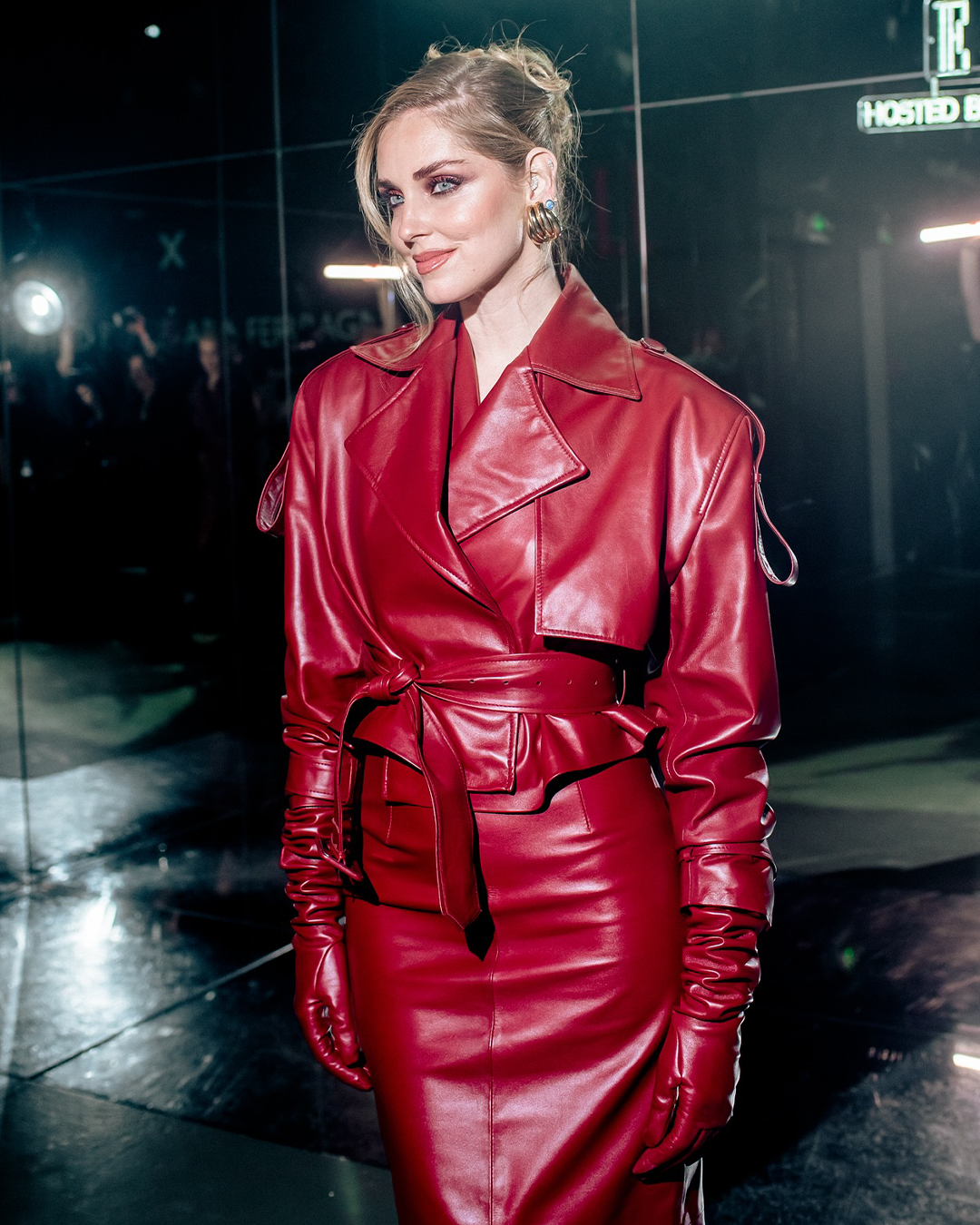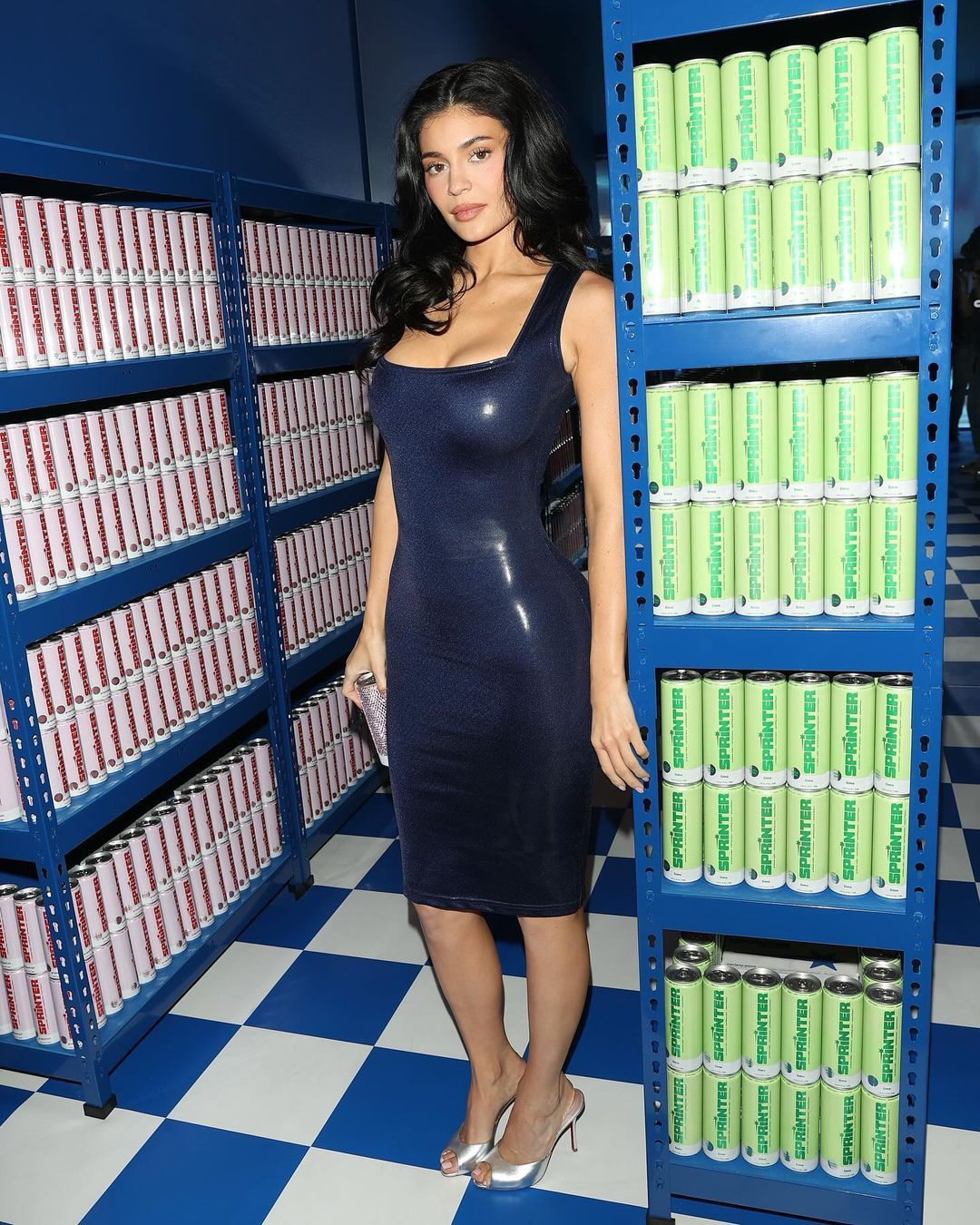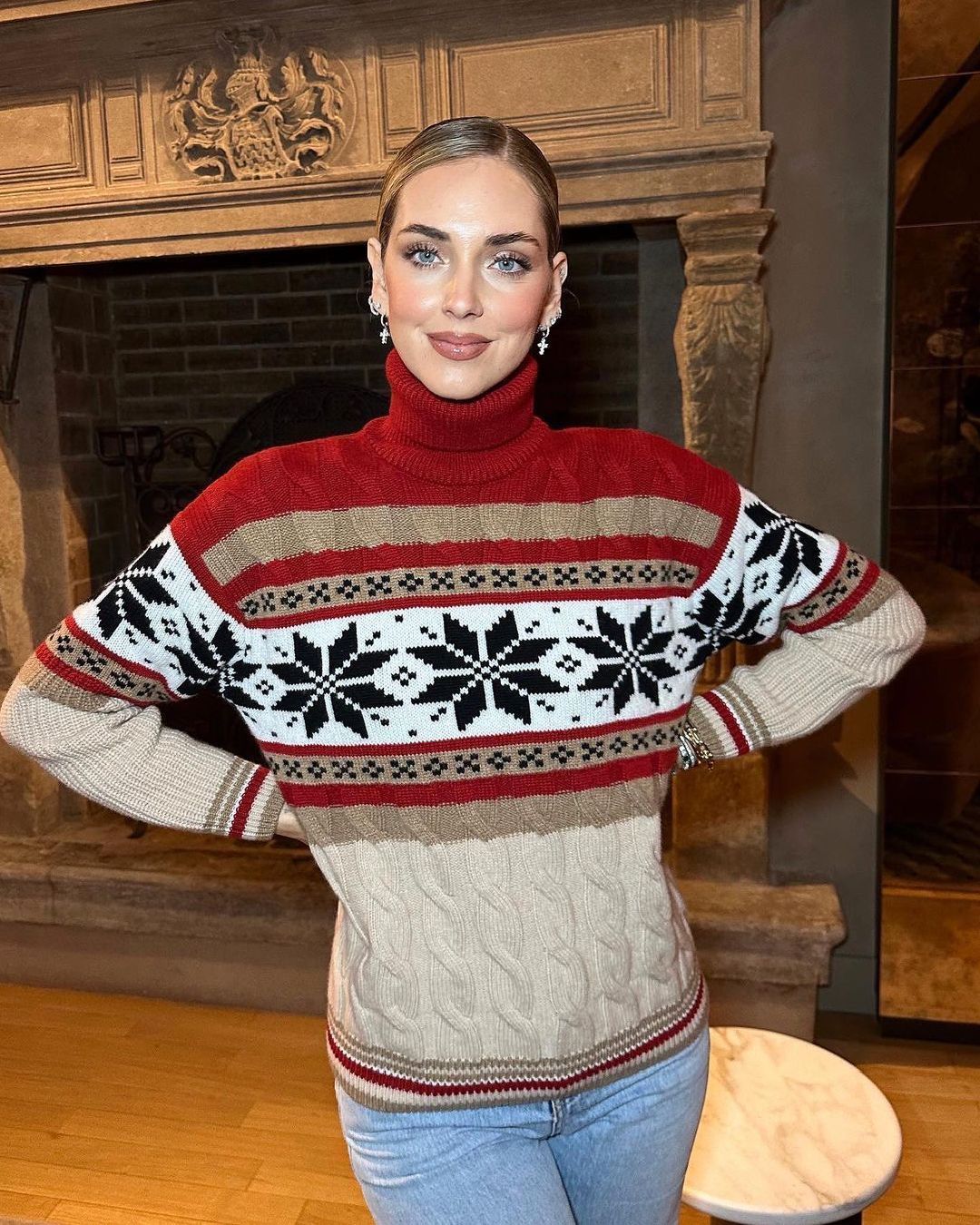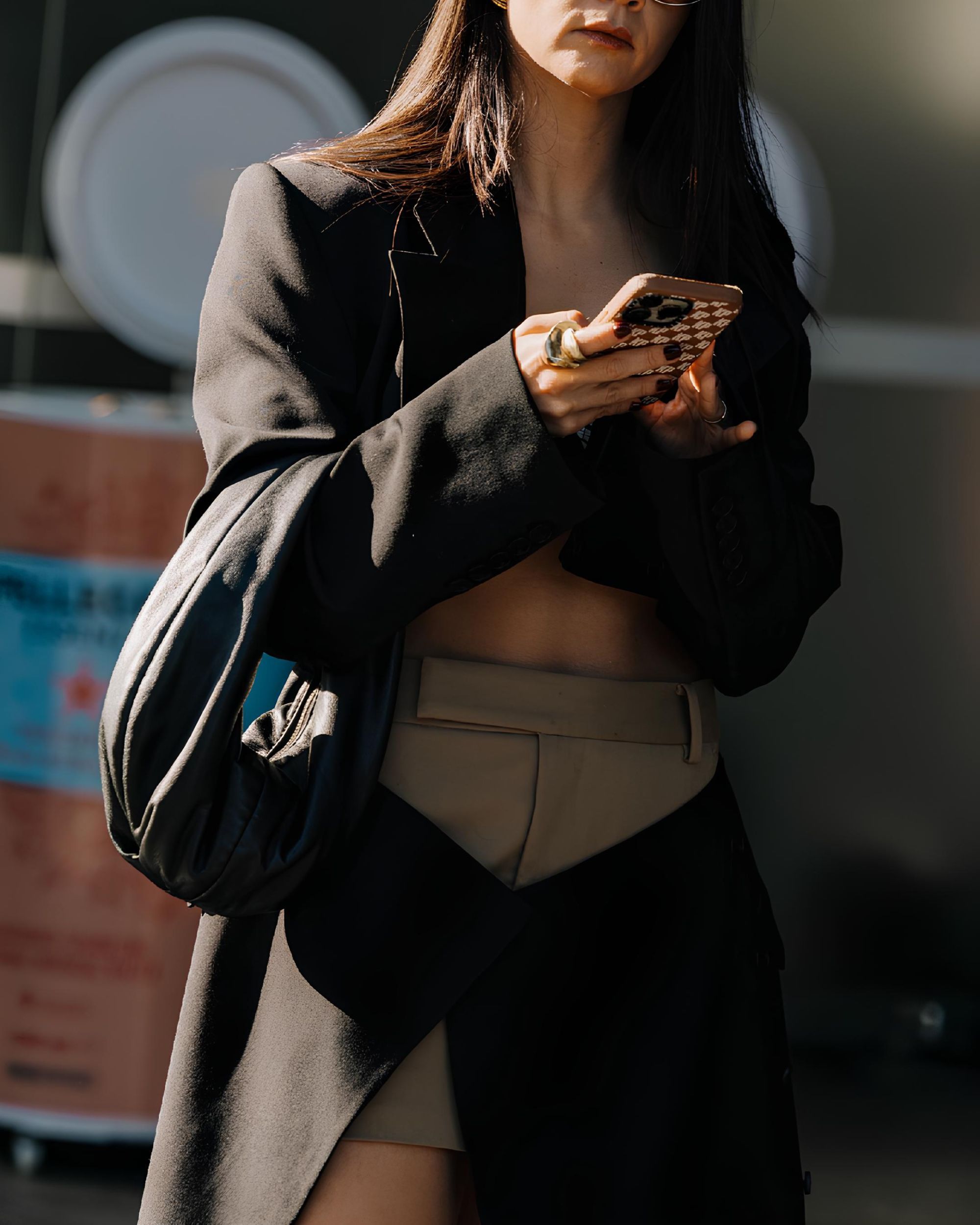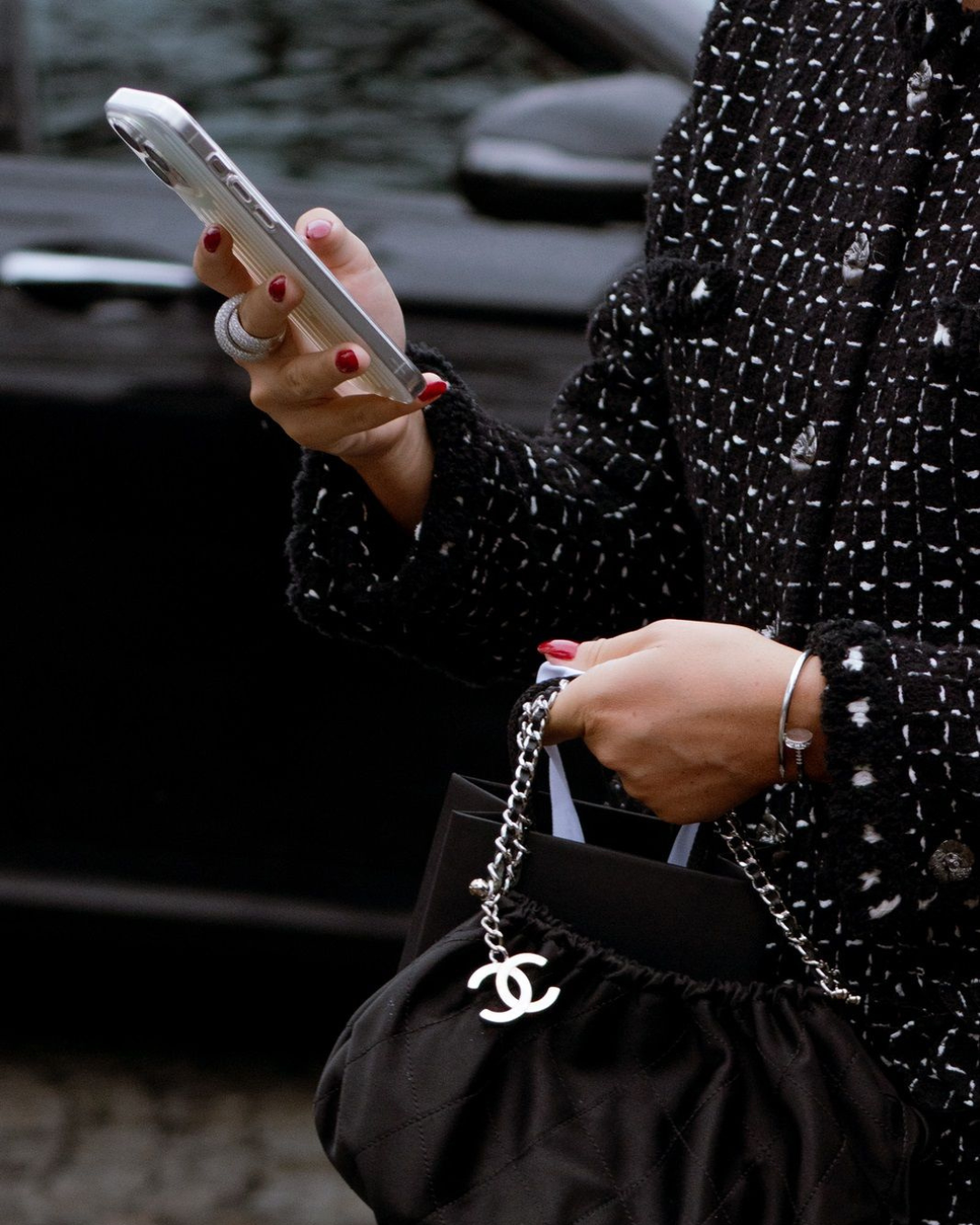
The era of the pure influencer is over Audiences are getting smarter - and content needs to keep up
Years pass, and trends change, «influencers become content creators» – but the rules of the industry and its marketing remain remarkably resistant to change. According to the recent report «Influencer Marketing 2024» published by the agency Influencer Intelligence, with over 4.76 billion social media users globally increasing month by month, all brands (not just fashion ones) continue to extensively employ influencers to promote themselves, leading to substantial growth in the marketing market, which reached a volume of $24 billion in 2024, nearly four times its value in 2019. However, despite this growth, the entire industry faced several challenges in 2023, both due to economic difficulties and environmental concerns, and due to the crisis of the original "generalist" influencer model, i.e., lacking real specialization. Today, according to the report, the audience seeks figures they can trust, experts, and is less guided by simple luxury aspirations – which has also made audiences much more niche-oriented. This data is reflected in the predominance of content creators over pure influencers: according to the report, brands are also giving more creative freedom to digital talent, with 48% of marketing experts interviewed assessing the suitability of a certain creator based on their area of expertise, and 40% considering the presence of a relevant audience for the brand the second fundamental factor. Only in third and fourth place arrive the number of followers and the engagement rate which were once the main factors.
I hate social media influencers because why did I just watch a video of a girl making up the HOTEL bed on vacation. Please get this bs out of my face
— Hokage NOIRE (@JaisyVanGhoe) March 19, 2024
Another significant switch is the target audience: although Gen Z and Millennials remain the main targets, more and more brands are targeting, older audience segments, due to their greater purchasing power and also due to the general aging of the population. This data is reflected in the new stratification with which influencer marketing strategies are conceived, with multi-level campaigns becoming increasingly common, allowing brands to simultaneously engage multiple audiences - which partly explains the presence of many older models on the catwalk during fashion week. According to the report, in the past 12 months, brands have engaged a wider range of talent types for their influencer marketing activations. It's not surprising that, micro-influencers with 5,000 to 99,999 followers, were identified as the most profitable group, with 77% of participants claiming to have sought partnerships with them. According to, Dale Barnett, Insights Editor at Influencer Intelligence and Fashion & Beauty Monitor, «these creators have been known to produce higher engagement rates than macro-influencers on the whole but may demand lower fees for their work. This group are also able to affect various levels of the marketing funnel. For example, they tend to have a voice within a certain community or specialism, which is great for fostering advocacy and positive sentiment. But they also have healthy enough numbers to be effective tools in achieving brand awareness and recognition. This ability to straddle multiple functions definitely makes them attractive brand partners».
But celebrities have also been more utilized in 2023, with, 54% of participants working with them compared to the previous report, where only 15% of participants had recently worked with celebrities. «There have been various recent examples that have reminded people of the sheer power of celebrity from a sales perspective. Rihanna broke the internet when she paused her Super Bowl performance to apply Fenty blot powder, elevating her brand on the biggest stage in the world. Taylor Swift’s association with Travis Kelce has seen sales of the NFL player’s jersey increase by 400%. Celebrities are the original influencers when it comes to traditional advertising which harnesses stardom to provoke covetability», Barnett added. High-level influencers with over 1M followers (54%), nano-influencers with less than 5,000 followers (52%), and creatives (48%) are the other types of talent of greatest interest; figures that suggest brands are adopting, a mixed approach to influencer marketing, using a range of talents to support their activity. Overall, there is data that this tactic allows each element to achieve different individual goals.
traditional influencer marketing is failing because people no longer wish to watch through a screen influencers given lavish gifts that they themselves are asked to spend their hard earned money on in a cost of living crisis. in this essay i will
— olivia (@geminitoofly) March 6, 2024
Although in the last 12 months a broader mix of talents has been targeted, when it comes to selecting the talent to work with, only 12% consider the type of influencer important. Rather, the most important factor to consider, cited by 48% of participants, is the themes of the content and the areas of expertise of the influencer. «Individuals who demonstrate expertise and authority around a subject or topic are more valuable partners. For brands, experts provide a really effective way of increasing credibility and trust,», Barnett continued. Having a relevant audience for the brand was the second most important decision-making factor (40%), a significant increase from the 3% of participants who considered this important in the previous report, and according to Lucy Robertson, brand marketing manager at SEEN Connects, «we expect the list of influencer niches and verticals to continue to grow in 2024». And if the quantity of followers has declined among the most sought-after characteristics of an influencer, only a paltry 5% of participants state that the risk of follower fraud, or false audience with a bot audience, is currently a problem thanks to the more holistic approach in identifying talents that is recently being applied. «A few years back, paying for engagement or followers was unfortunately more commonplace as there just wasn’t the resource or information to really prove otherwise.», explained Robertson.
@la.repubblica Tra i video più visti e criticati sul profilo TikTok della giovanissima modella Giulia Ottorini, c’è quello dei giorni scorsi - ora rimosso - dedicato alle spese di marzo in cui spiegava come fosse riuscita a spendere circa 30mila euro in soli quattro giorni. "Ieri spesa di novanta euro, vabbè, e altre mini spese – dichiarava l’influencer –, il problema arriva l’altro ieri quando ho fatto: 15 euro, 23, poi 8.100, 8.100 e 6.256 euro. Un totale di oltre 23mila euro ai quali vanno aggiunti i contanti, circa 9800", raccontava Ottorini mostrando i rotoli di banconote. L'influencer concludeva il video con una domanda: “Quindi ve lo chiedo a voi, quanto ho speso questo mese? Oggi è il 4 e deve ancora finire”. La giovane, che conta milioni di follower su Instagram, TikTok e OnlyFans, dove è nota per i suoi video in cui twerka, è finita insieme ad altri influencer nel mirino della Guardia di Finanza per redditi non dichiarati. #giuliaottorini #tiktok #finanza suono originale - la.repubblica
Now what matters is the alignment of the influencer with the brand. For Barnett, this change in focus indicates that brands are recognizing the importance of an organic and genuine alignment between brand and talent in achieving campaign success: «Consumers are increasingly savvy and clued up when it comes to social media and influencer partnerships due to market saturation. Therefore, they are far more likely to pick apart a poor match and recognise content that is inauthentic.». The second biggest concern for participants is demonstrating the ROI of individual influencers. In comparison, a mere 7% of participants were concerned about this in 2021. However, at the time, 43% agreed that being able to demonstrate ROI would be crucial for the future of influencer marketing: it seems that the days are over when a simple post from the right influencer marked guaranteed success. Similarly, 23% now mention «the weight that influencers have on company expenses» as an issue that is receiving increasing attention. Data that, combined with the new wave of regulations (also in Italy where, for example, the Tax Office is starting to target influencers, as happened to young Giulia Ottorini in recent days) intervening in the field of income for these talents, seem to indicate that, more than ideal models to envy, today's audience wants experts and individuals with whom to identify and share the same experiences. The era of the pure influencer, in short, seems to be over.











































